When someone lands on your website, you have seconds to grab their attention. Whether they stay or bounce often hinges on one thing: experience. That’s where landing page optimisation and 360 virtual tours come together in a compelling way.
Strategically embedding a virtual tour gives your audience an instant feel for your space or brand and keeps them engaged, curious, and far more likely to convert. Flat images and static copy don’t cut it in today’s digital-first world. You need something immersive, interactive, and strategically placed to drive results.
We explore how to elevate your digital marketing strategy by using a virtual tour to transform your landing pages from passive to persuasive.
From Click to Conversion: How to Optimise Landing Pages Using 360 Virtual Tours
Why Landing Page Optimisation Matters
First Impressions Count
Visitors often decide within seconds whether to stay or leave your site. That’s why visual experience is everything. Clean layouts, fast loading times, and engaging visuals are key players in reducing your bounce rate.
A well-placed 360-degree virtual tour immediately grabs attention. It introduces movement and exploration, giving your page an edge over others relying on static imagery. Optimising web pages isn’t just about speed and structure — it’s about giving people a reason to stay and click.
User Journey & Scroll Depth
Every user follows a path, even subconsciously. Understanding scroll depth and how users interact with your landing page helps determine the perfect place to introduce immersive content.
Your virtual tour shouldn’t sit at the bottom like an afterthought. It should be woven into the journey. Whether it’s placed right under your headline or introduced just before your CTA, the goal is to add value — not overwhelm.
The Power of Virtual Tour Strategy
Strategic Placement for Maximum Impact
Great design meets purpose. With a clear virtual tour strategy, you can optimise placement for peak user engagement. Consider where your audience is most likely to be curious — maybe right after a strong value proposition or just before a testimonial section.
Also, think about your call-to-action (CTA). Placing a CTA before and after the tour encourages users to take that next step after engaging with your content. Virtual tours draw attention; a well-placed CTA converts it.
Supporting the Customer Journey
Your audience wants to explore, and 360-degree tour planning should complement that curiosity. Build an interactive tour placement that mirrors the customer experience — almost like walking through a space before committing to a decision.
By guiding them through natural and intuitive visuals, you support their progression through the funnel and increase the likelihood of action. Every scroll, click, and view can push them one step closer to conversion.
Integrating Virtual Tours into Landing Pages
Technical Considerations
It’s not just about dropping a tour and hoping for the best. Embedding options, responsive design, and fast loading times are critical for seamless integration.
If the tour lags or isn’t mobile-friendly, it could work against your goal. Ensure the tour is optimised for all devices and doesn’t disrupt the page flow. Choosing a platform or partner that can handle design and performance is key.
Explore 360 virtual tours tailored for seamless web integration, ensuring they look good and perform well, too.
How 360 Virtual Tours Reduce Bounce Rate
When users land on your site and find something worth sticking around for, they’re less likely to bounce. A 360 virtual tour instantly offers interaction — giving visitors a reason to stay, explore, and engage. That drop in bounce rate isn’t just good for user experience; it’s also a positive signal to search engines.
Adding a tour above the fold can differentiate between a click away and a conversion.
Creating Focal Points Within the Tour
To guide user behaviour, consider structuring your tour with embedded focal points — areas of interest that draw attention. These could include product displays, service areas, or pop-up info tags that highlight key features.
These visual cues help users naturally flow through the space and retain essential messages. The key is to strike a balance between being informative and not overloading the viewer with too much at once.
Using Virtual Tours to Support CTAs
Your call to action shouldn’t float alone. Virtual tours can create the context that makes a CTA feel logical and timely. For example, after exploring a facility or display through the tour, placing a CTA directly beneath encourages the next step.
Whether you’re booking a consultation, enquiry, or downloading a brochure, positioning your CTA around that high-engagement moment boosts conversion rate potential.
Optimising Virtual Tours for Mobile Experience
Over half of web traffic now comes from mobile devices. If your virtual tour isn’t optimised for mobile, you could be missing out on a large chunk of your audience.
Ensure your tour is touch-friendly, loads quickly, and scales seamlessly across screen sizes. A frustrating mobile experience can undo all your other efforts. Optimising for mobile is no longer optional — it’s essential for modern landing page improvement.
The Role of Visual Storytelling in Conversions
People are far more likely to engage with content they emotionally connect with. 360 virtual tours offer a unique opportunity to tell your brand’s story visually. Instead of reading about your space, users can experience it firsthand.
When done right, this builds trust, transparency, and interest — all crucial to driving conversions. A visual experience sticks in memory longer than words, helping your brand stay at the top of your mind when it matters most.
Aligning 360 Virtual Tour Content with Visitor Intent
One of the biggest wins in optimising landing pages is matching content with what your visitors want. That means your virtual tour shouldn’t just look impressive — it should be relevant. Are they here to explore your services, understand your process, or get a feel for your environment?
Tailor the interactive media in your tour to answer those questions. Highlight sections that speak directly to your audience’s intent and structure the experience to guide them towards your call to action naturally. The closer your content aligns with their goals, the better your chances of converting them.
Combining 360 Tours with Other Interactive Elements
Virtual tours are powerful on their own – but when paired with other interactive media, they become part of a layered, engaging digital experience. Think interactive hotspots, explainer videos, slide-in forms, or live chat integrations.
Combining your 360 tour with dynamic features offers multiple ways for users to explore and engage. This creates a more personalised journey, reduces friction, and keeps visitors moving through your funnel. Just ensure every element supports the user journey — not distracts from it.
Reducing Friction in the Decision-Making Process
When people can see and experience something for themselves, it answers questions before they’re even asked. That’s the power of a well-placed 360 virtual tour. Instead of navigating through tabs or scrolling endlessly for answers, users get instant clarity.
By removing the guesswork, you build confidence — and confidence leads to action. If your tour clearly shows what’s on offer, visitors are more likely to move from curiosity to conversion without hesitation.
The Psychology of Exploration
Humans are wired to explore. We become more emotionally invested when we interact with content — instead of just viewing it. A virtual tour taps into that instinct by giving users a sense of control. They’re not being told; they’re discovering for themselves.
This small psychological shift increases engagement, dwell time, and retention. When paired with a smart layout and intuitive navigation, that sense of exploration drives users further into your site and closer to your goals.
Embedding Tours Without Disrupting Flow
A virtual tour should enhance your page — not interrupt it. Make sure it fits into your content structure rather than feeling like an add-on. You can do this by:
- Matching the styling of the tour container to your branding
- Embedding within a scrollable section rather than forcing a full-screen view
- Using expandable elements or modal pop-ups for optional viewing
The more naturally your tour fits into the page, the more likely users will engage with it as part of their journey.
Best Practices for Immersive Content Approach
When adding a tour to your landing page, here’s what to keep in mind:
Keep it clean and intuitive
Don’t let the tour overshadow your key message. Make sure it fits within your existing design.
Add strong CTA prompts
Position CTAs next to or within the tour to guide users toward action.
Test and tweak
No two audiences behave the same. Use performance data to test placements, tweak the design, and refine the experience.
Use it to tell a visual story
People remember stories more than specs. Leverage a tour to show, not tell — and let the visuals do the convincing.
Are you looking to elevate your visuals even more? Consider complementing your landing experience with an interactive 360-degree video that enhances immersion.
Bringing It All Together: Why Virtual Tours Belong in Your Landing Page Strategy
Landing page optimisation isn’t just about speed and simplicity anymore — it’s about smart, immersive content that drives engagement and action. A strong virtual tour strategy can dramatically enhance your customer journey, increase interaction, and turn curiosity into clicks.
If you’re ready to make your landing pages work harder and smarter, we’re here to help. Call 02 9674 9090 or email us to explore how a strategic virtual tour placement could boost your conversions.
Have you considered how visual storytelling could improve your landing page performance? Are your CTAs positioned to capitalise on user curiosity? What impact could immersive tours have on your customer journey? Dive into the comments below and join the conversation!


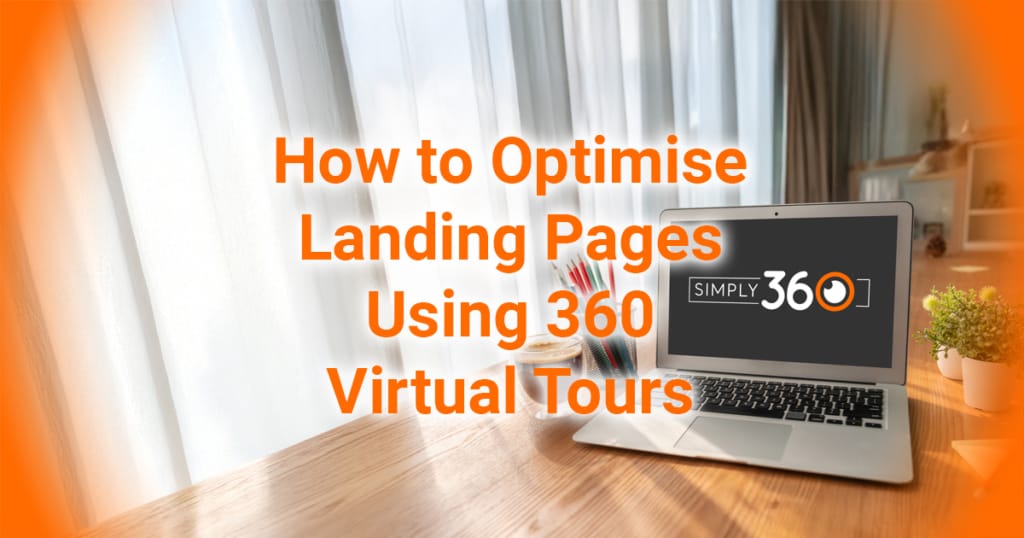
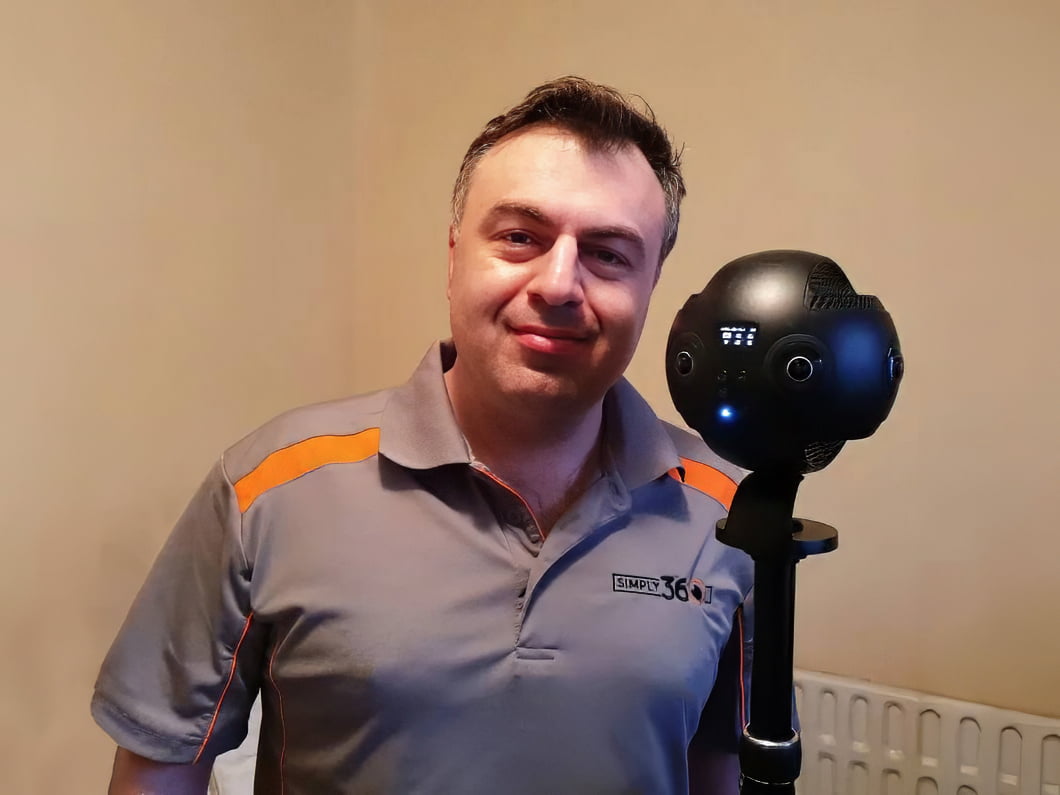

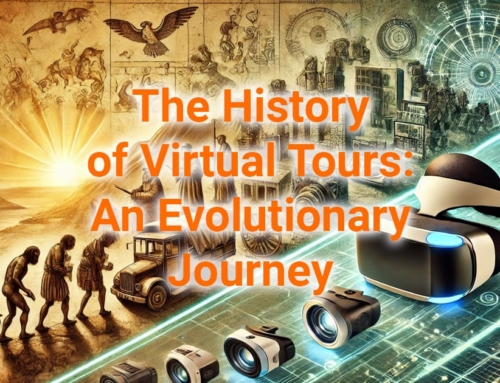
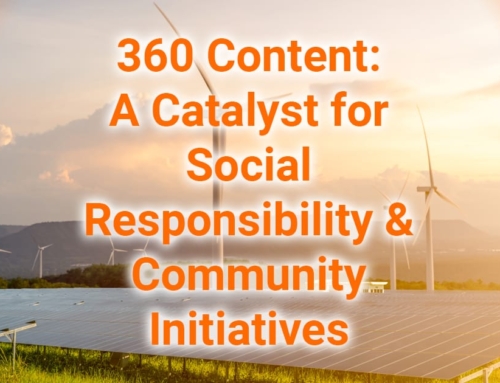

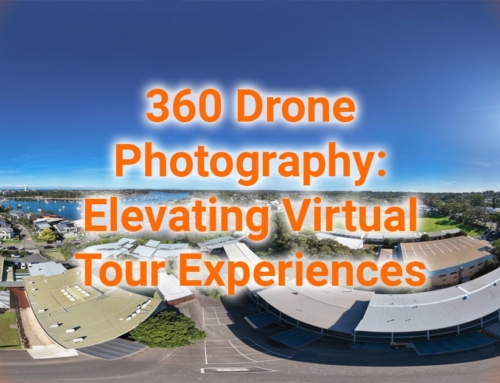
Leave A Comment